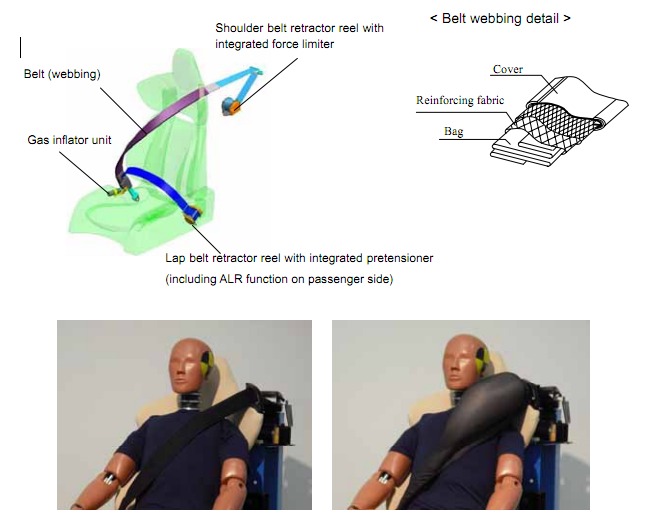A Lot Of Research Happens Before Integrating Infotainment Systems Into A Car Without Compromising Driver Safety
Ever wondered what happens to a driver behind the wheel of a vehicle traveling at 60mph on a highway when he/she is bombarded with information pouring out from the electronics suite on his/her dashboard? We all know how distracted driving can lead to crashes that can kill or main road users and the vehicle occupants. Today’s driver is constantly enveloped in data about not just the car’s operational elements but also from the infotainment systems that aim to bring to you the latest and greatest information via social media tools such as Twitter, facebook, etc. many argue that these internet-connected drivers (and cars) are often a detriment to driver safety but the truth is far from it. Auto companies want to make sure that they are not just providing a better driving experience for the driver but also a safer trip while in their vehicles. Here is an interesting walk and talk through the bowels of Ford’s advanced research facilities with Ford’s CTO Paul Mascarenas that shows what Ford is doing to mitigate the dangers of distracted driving.







